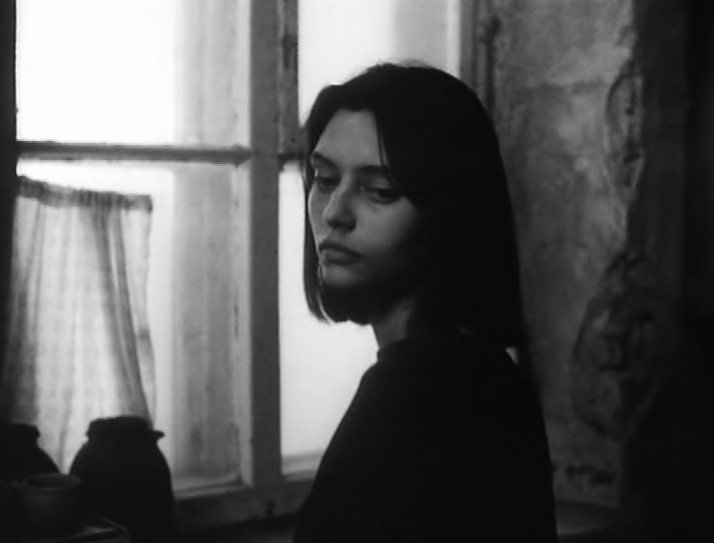- “French impressionist cinema” also referred to as the first avant-garde or narrative avant-garde is a term applied to a group of French films and filmmakers working from 1918-1929. Film scholars have had difficulty in defining this movement or deciding whether it should be considered a movement at all. (Vince DI MEGLIO 2016, para. 1)
- The director of French impressionist cinema has more control on the timeline, the characters’ emotions, and their fantasy. (Vince DI MEGLIO 2016)

- Just like the picture present, French impressionist cinema prefers to using closer up and the single light to film a character and show her emotions. By this way, audiences can feel and share the same emotions as the character.
- The idea of French Impressionism is more like an art form, such as the poetry. It focuses on the aesthetic experience, both on the visual aspect and the emotional aspect. (cineCollage)
Categories:

- Photo-genie
- Louis Delluc uses the term ‘Photo-genie’ to describe the art capacity of cinemas, the film not only provides us the impressions of the short time, lasting beauty but also the spectacular of the daily life, nature, and details. (1917) Besides, he also mentioned that ‘photo-genie’ provides a chance for films to achieve the level of art. (1917)
- In the 1920s, Jean Epstein argued that “photo-genie was a moment, a flash of ecstasy within a film, caused by a perfect but unpredictable combination of elements.”
- Photo-genie pays attention to the ability of film to express, which is the way it constructs movement and time and also the views of both camera and audiences. Thus, the close-up shot is used often in photo-genie film.
- This way to film can make people have a new view of life, which they ignored before. This is because that it draws audiences attention to details.
- Moreover, because photo-genie is one kind of art, it is also subjective. It depends on viewers’ ideas.

- Poetic
- “Poetry film is a subgenre of film that fuses the use of spoken word poetry, visual images, and sound to create a stronger presentation and interpretation of the meaning being conveyed. ” – – – from Wikipedia
- A slow motion as the start may is a good choice to set up the main emotion of the film.
- Some recommendation of the Poetic film: <http://www.tasteofcinema.com/2015/20-great-poetic-films-that-are-worth-your-time/>

Directors:
- Jim Jarmusch
- Jean Epstein
Reference:
- Vince DI MEGLIO 2016, Film Movement – French Impressionism (1918-1929), LETTERBOXD, viewed 4 September 2018, <https://letterboxd.com/vince_dimeglio/list/film-movement-french-impressionism-1918-1929/>.
- cineCollage, French Impressionism: 1918-1929, cineCollage, viewed 4 September 2018, <http://cinecollage.net/french-impressionism.html>.
- UICinema 2017, Photo-genie, Youtube, IUCinema, Indiana, viewed 4 September 2018, <https://www.youtube.com/user/IUCinema/about>.
Jim Jarmusch is American, not French.
Thanks for your correction. I have revised it. 🙂